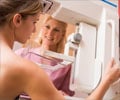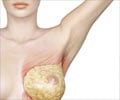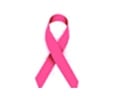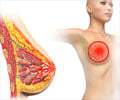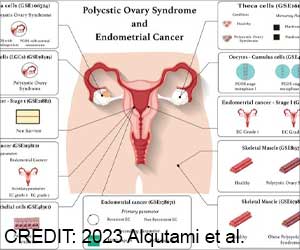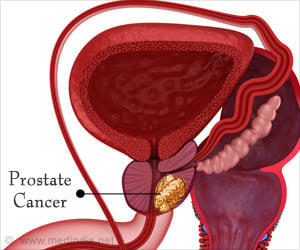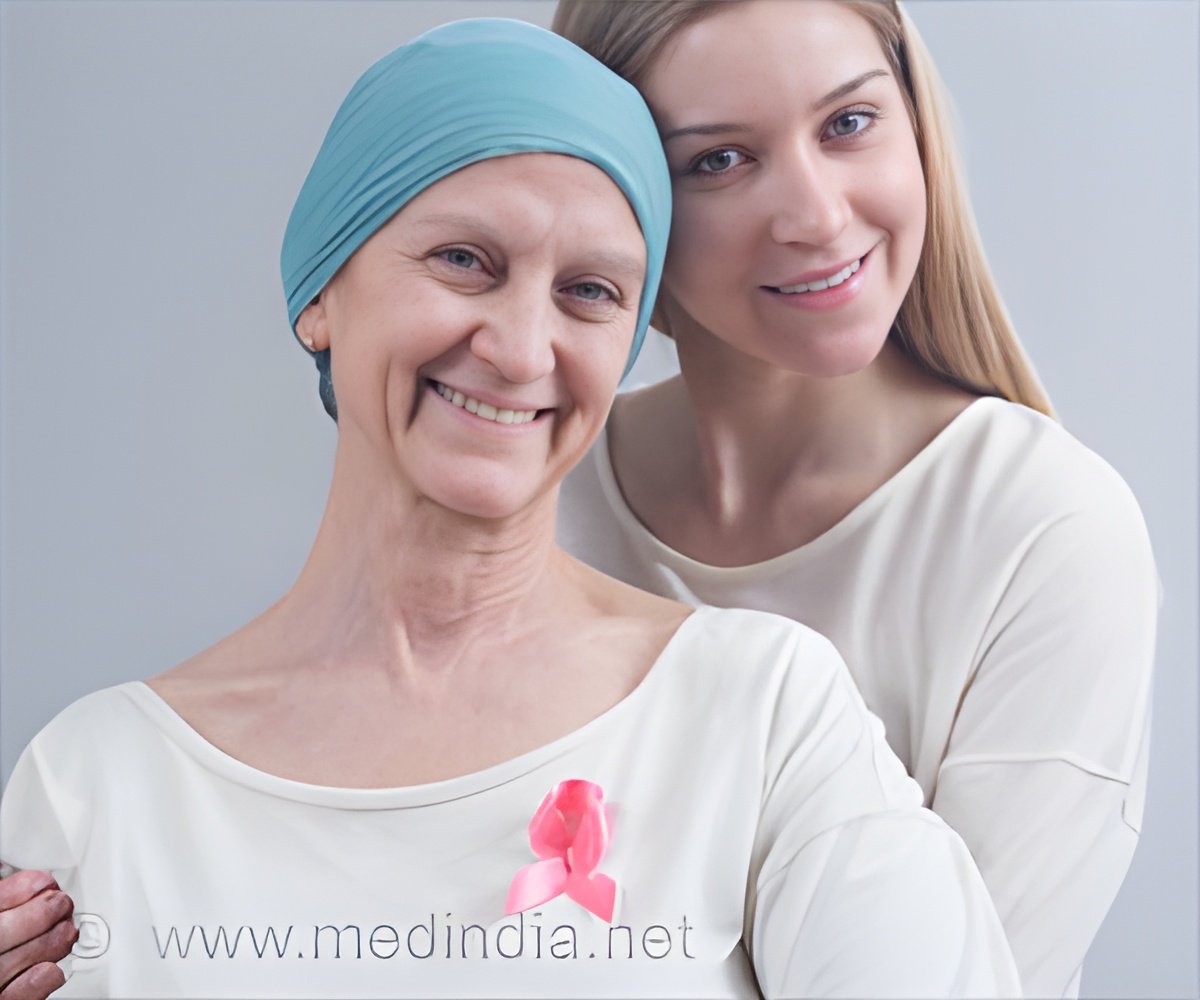
The study, published online today in the Journal of the National Cancer Institute, was led by Deborah Boggs, ScD, postdoctoral associate at Slone and the study's corresponding author.
The Breast Cancer Risk Assessment Tool, also known as the Gail model, is used to estimate a woman's breast cancer risk and to determine eligibility for breast cancer prevention trials. The Gail model was developed based on data from white women but has been found to underestimate breast cancer risk in African American women. Researchers had previously modified the Gail model using data from African American women in the Women's Contraceptive and Reproductive Experiences (CARE) study and had validated the CARE model among postmenopausal African American women between the ages of 50 and 79.
In this study, researchers tested the CARE model among both premenopausal and postmenopausal women using data from the Black Women's Health Study (BWHS), an ongoing follow-up study of 59,000 African American women from across the U.S. The investigators focused on 45,942 women who were 30 to 69 years old and free of cancer at the beginning of the study. They found that the CARE model accurately predicted the number of breast cancers that would occur among women who had given birth before the age of 25 but was a less accurate predictor among women who first gave birth at a later age, underestimating the number of breast cancers in this group by 29 percent.
Whereas a woman's age at first birth is used in the Gail model for white women, this factor is not used in the CARE model for African American women. The researchers conclude that age at first birth may be an important factor to include in a risk model for African American women in order to better predict breast cancer risk for women with a later age at first birth.
The authors also found that the CARE model, similar to other breast cancer risk prediction models, is not a reliable tool to predict a woman's individual risk of developing breast cancer. Additionally, it was less effective at predicting, at the individual level, ER-negative breast cancer than ER-positive breast cancer.
Advertisement
Advertisement

